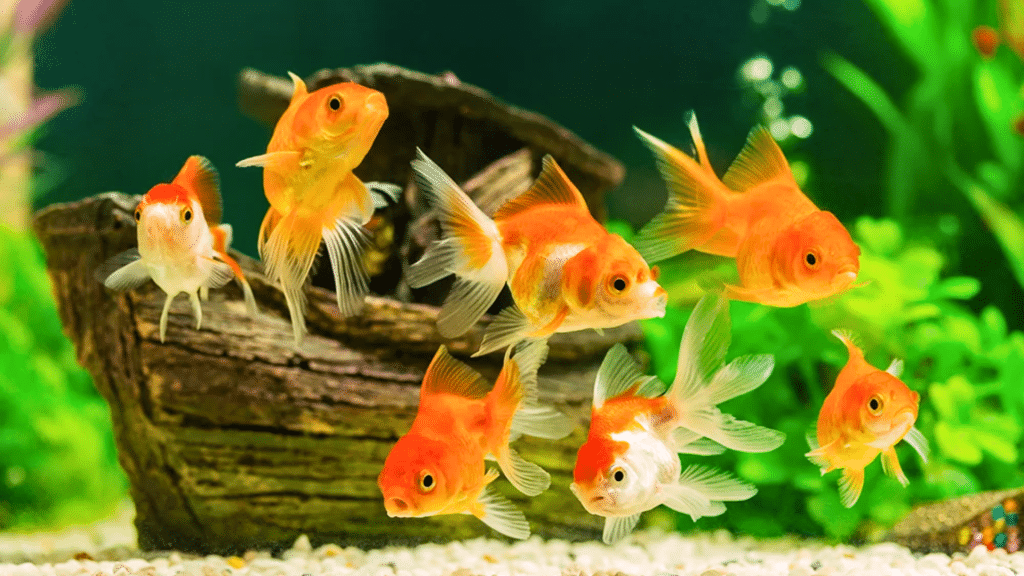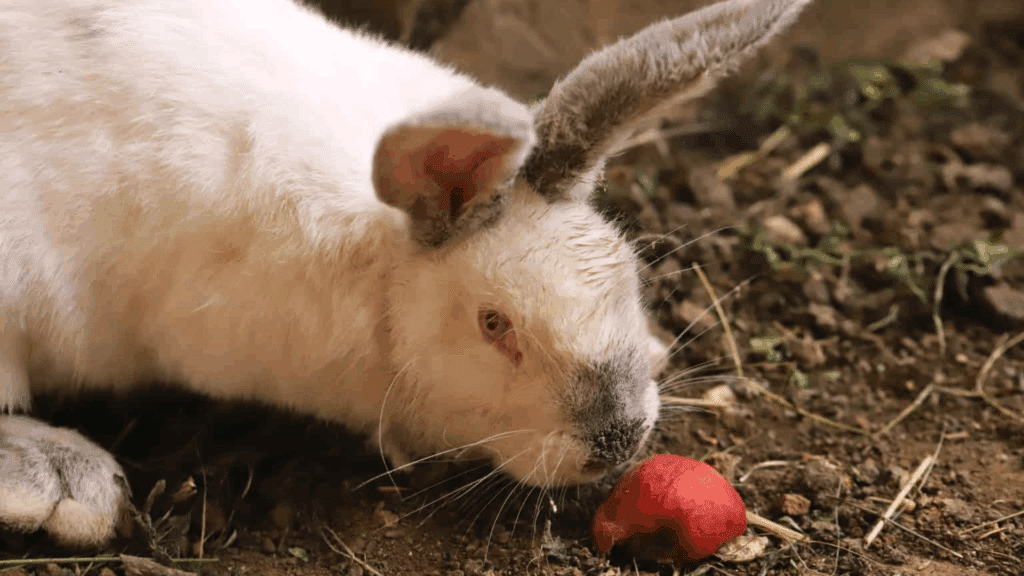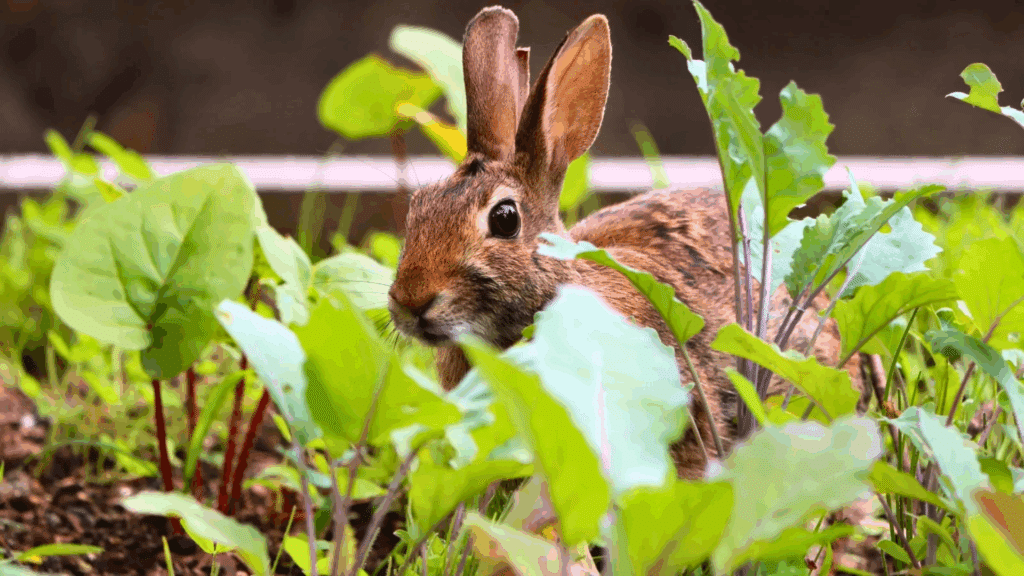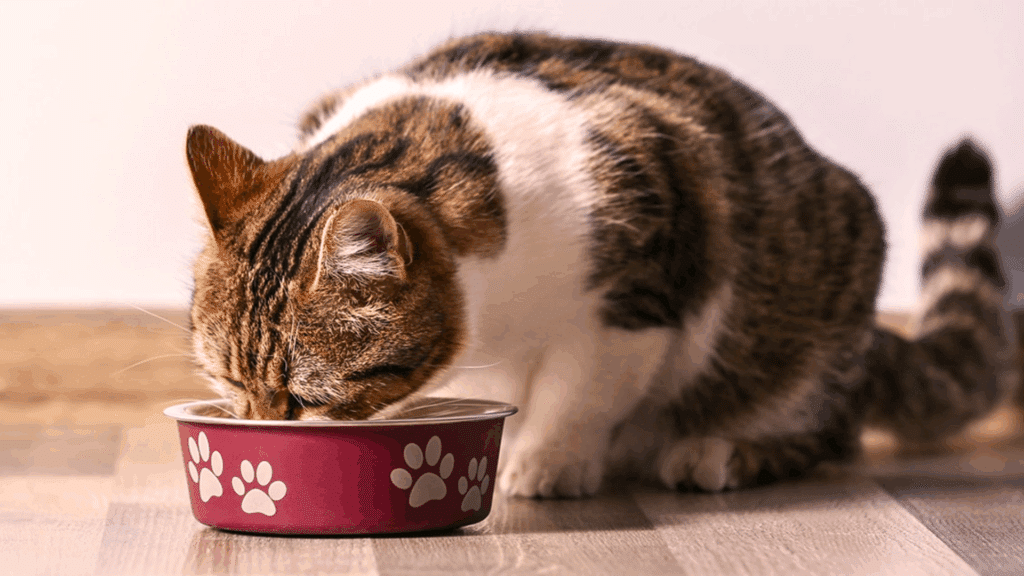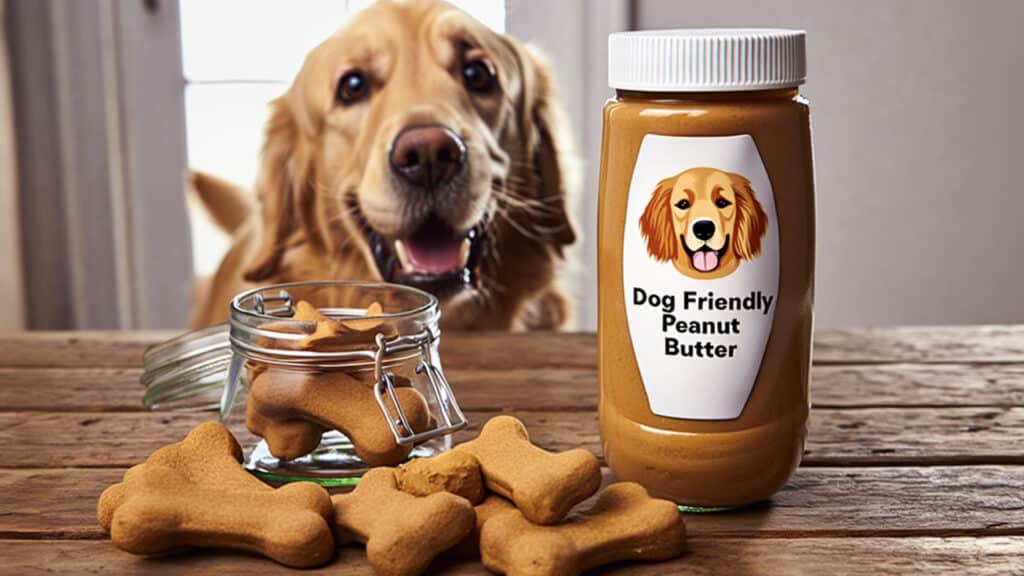Goldfish are one of the most popular pets for beginners, and for good reason.
They’re calm, colorful, and easy to care for once you know the basics. With the right setup and routine, your goldfish can live a long, healthy life.
In this guide, you’ll learn everything you need to get started, including:
- How to set up the right tank
- What to feed your goldfish
- Simple tips to spot health problems early
Caring for goldfish doesn’t have to be hard or expensive. A little attention and the right habits make all the difference.
By the end of this guide, you’ll feel confident about giving your goldfish the best home possible.
Goldfish Essentials for Beginners
When I got my first goldfish, I quickly learned that they need more care than a small bowl. Before you bring one home, choose the right type.
Common goldfish are active swimmers, while fancy ones move more slowly and need more space.
Make sure you have a tank of at least 20 gallons for one fish, with room to grow. Use a good filter and air pump to keep the water clean and full of oxygen.
Goldfish also need gravel, plants, and hiding spots to feel safe. I check the water temperature often and keep it between 68°F and 74°F.
Feed them small portions two to three times a day, only what they can finish in a few minutes.
When you set things up right from the start, your goldfish will stay healthy, active, and fun to watch every day.
Below is a clear and simple table showing common goldfish traits, from how they look to how they act and behave:
| Trait | Details |
|---|---|
| Scientific Name | Carassius auratus |
| Origin | East Asia, bred from wild carp |
| Average Size | 6–8 inches; up to 12 inches in large tanks |
| Lifespan | 10–15 years with proper care |
| Color | Orange, red, white, yellow, or black |
| Body Shape | Slim (common) or round (fancy) |
| Behavior | Active, curious, and social |
What Size Tank Do Fancy Goldfish Need?
Tank size plays a big role in how healthy and happy your goldfish are.
Fancy goldfish, like Orandas and Ryukins, need more space because of their rounded bodies and slower swimming style.
I recommend starting with at least 20 gallons for one fancy goldfish and adding 10 gallons for each extra fish.
Bigger breeds like Lionheads or Black Moors need at least a 30-gallon tank. A larger tank gives them space to swim and keeps the water cleaner and more stable
Overcrowding makes goldfish stressed, limits their growth, and leads to dirty water that’s hard to manage.
I’ve found that giving goldfish enough space right from the start makes cleaning easier and keeps them active and bright.
Think of tank size as the foundation of your goldfish’s overall health.
Goldfish Water Requirements
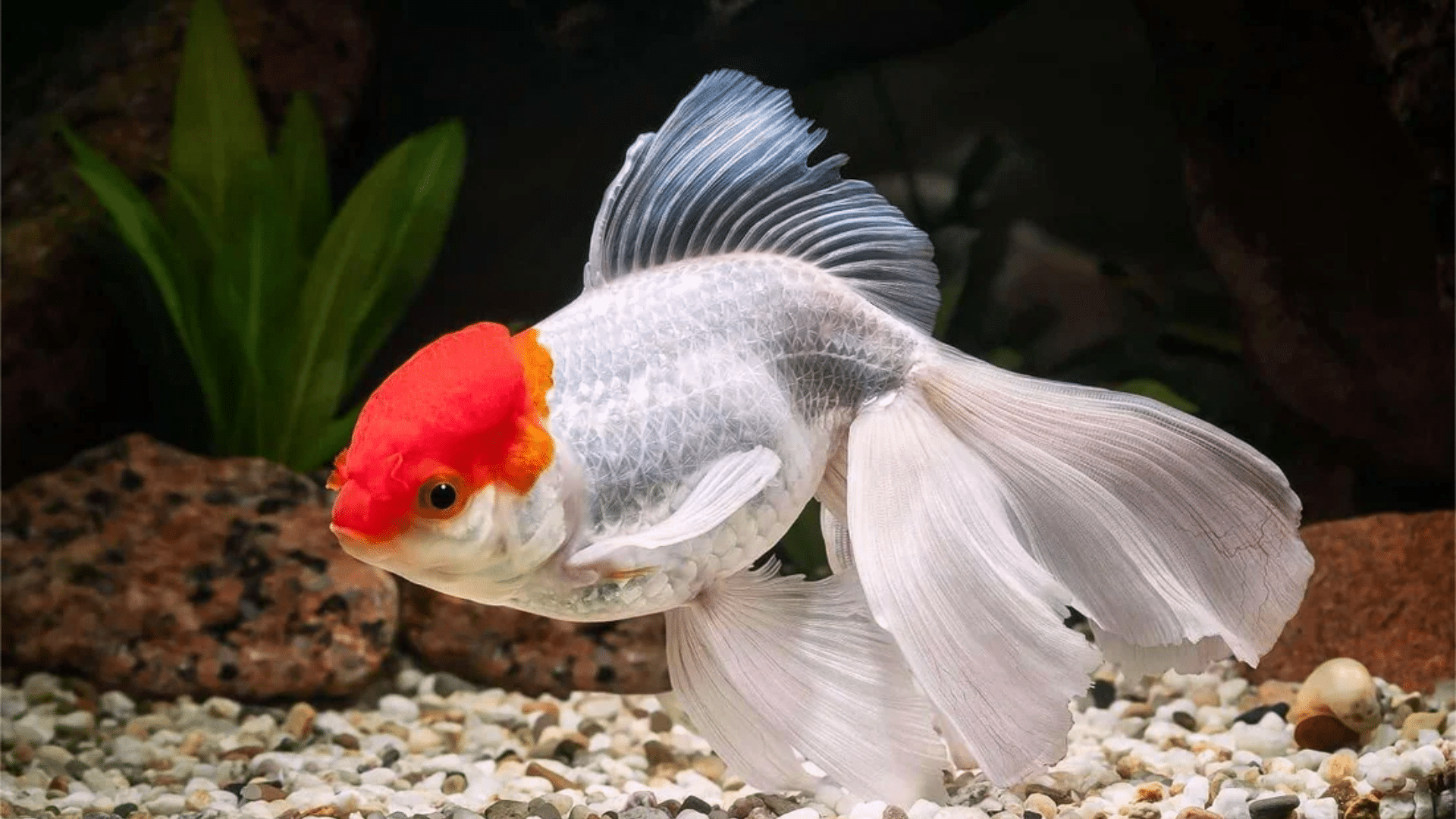
Keeping the right water conditions is key to healthy goldfish. I always make sure the temperature stays between 68°F and 74°F, since sudden changes can stress them.
The pH level should be between 7.0 and 8.4, which keeps the water safe and balanced.
A good filter is a must; it removes waste and keeps the water clear. I also use an air stone or bubbler to add oxygen and help circulation.
It’s best to test the water weekly for ammonia, nitrite, and pH using simple test kits. Regular partial water changes, about 25% each week, keep things clean without upsetting the balance.
When the water stays fresh and steady, goldfish stay active, eat well, and live longer.
What Do Goldfish Eat?
Feeding goldfish the right way keeps them healthy and active. A balanced diet prevents bloating, swim bladder issues, and poor growth.
- Pellets or Flakes: Main diet; choose high-quality goldfish food rich in plant matter.
- Vegetables: Offer boiled peas (without skin), spinach, or lettuce for fiber.
- Frozen or Live Foods: Brine shrimp, bloodworms, or daphnia make great protein treats.
- Fruits (Occasionally): Small bits of orange or watermelon can be given once in a while.
- Balanced Diet Tip: Mix dry, fresh, and frozen foods for variety. Avoid overfeeding, it’s the main cause of bloating and dirty water.
How Often Do You Feed Goldfish?
Feeding goldfish the right amount at the right time keeps them healthy and prevents tank problems. I feed young goldfish two to three times a day because they grow fast and need more energy.
Adult goldfish do well with one or two small meals daily. The key is portion control; only give what they can finish in about two minutes.
Overfeeding leads to bloating, leftover food, and poor water quality. I’ve learned it’s better to feed small portions more often than to give too much at once.
A steady routine helps goldfish stay active, maintain bright colors, and avoid digestion issues.
Breeding Goldfish
Breeding goldfish takes planning, patience, and the right setup. I start by choosing healthy, mature fish, usually around a year old.
Males develop small white spots on their gills, while females appear rounder when ready to spawn.
I use a separate breeding tank with soft plants or a spawning mop where eggs can stick. The water should be slightly warmer, around 74°F to 78°F, to encourage spawning.
After eggs are laid, I remove the adults so they don’t eat them.
The eggs hatch in about 4 to 7 days, and I feed the fry tiny foods like infusoria or baby brine shrimp until they’re big enough for crushed flakes.
Breeding goldfish can be rewarding when you keep the water clean, feed well, and stay patient through the process.
Goldfish Health Problems
Goldfish can face a few common health problems, most of which come from poor water quality or overfeeding. The most frequent issues include ich (white spot disease), fin rot, swim bladder disorder, and fungal infections.
I often notice early signs like clamped fins, loss of color, or unusual swimming patterns.
Keeping the tank clean and testing the water regularly helps prevent most of these issues. I also make sure not to overfeed, since leftover food can cause harmful bacteria to build up.
If your goldfish looks sick, separate it from others and check the water first before using any treatment.
A stable, clean environment and a balanced diet are the best ways to keep goldfish healthy and stress-free.
How Long Do Goldfish Live?
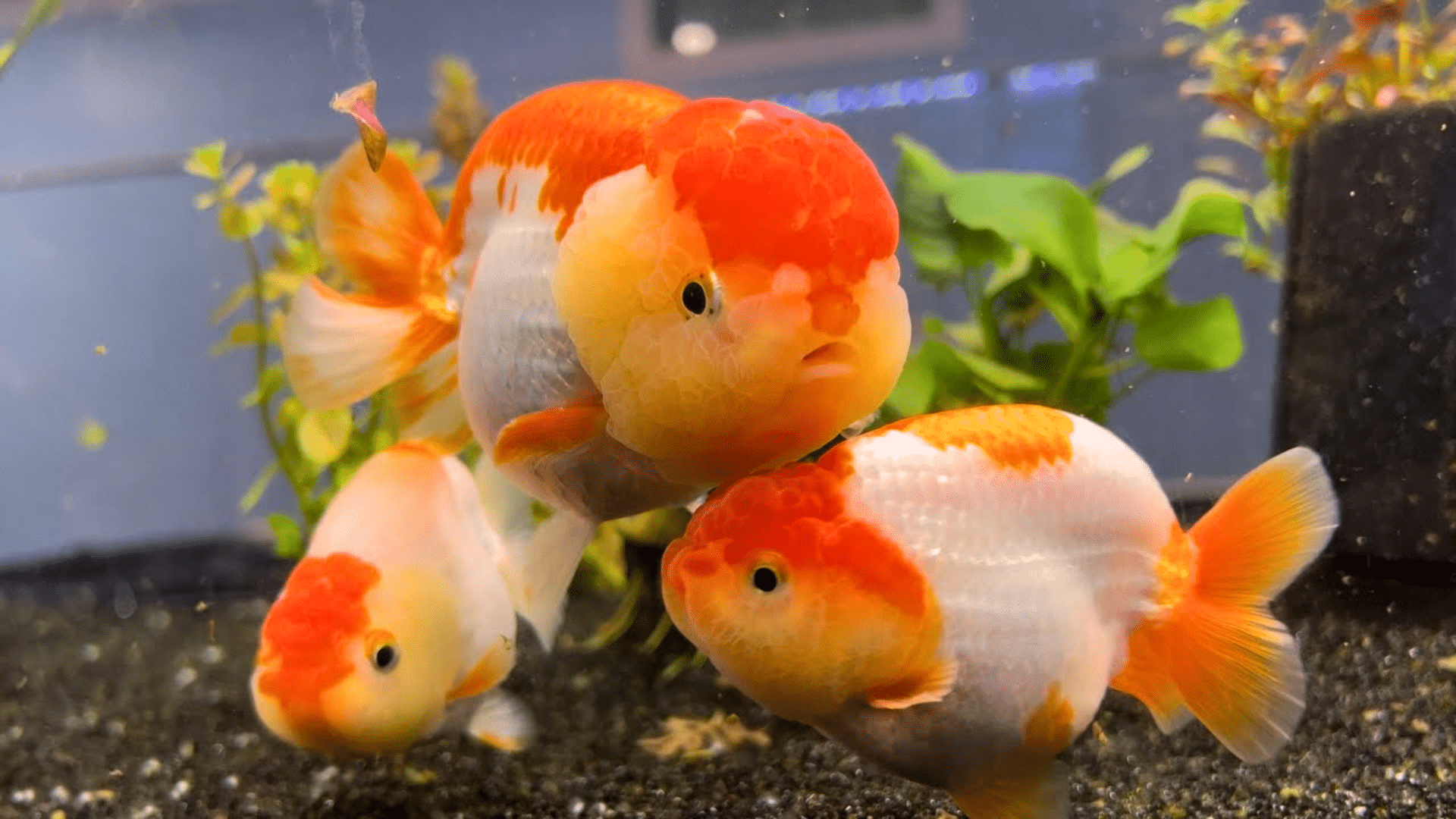
Goldfish can live far longer than most people expect. With proper care, they usually reach 10 to 15 years, and some even live past 20 in spacious tanks or ponds.
Their lifespan depends on clean water, good filtration, enough room to swim, and a balanced diet.
I’ve noticed that goldfish kept in bowls or small tanks rarely live long because of poor oxygen and waste buildup. Regular water changes and steady temperatures help prevent stress and disease.
Feeding the right amount and avoiding overfeeding also keeps them healthy.
When you give goldfish enough space and maintain their environment, they stay active, colorful, and strong for many years.
A little daily care and attention goes a long way toward helping them live the full, happy life they deserve.
Which Other Fish Can Live with Goldfish?
Goldfish are peaceful and do best with tank mates that share similar needs. It’s important to choose fish that can handle cooler water and won’t nip their fins.
- White Cloud Mountain Minnows: Small, peaceful fish that do well in the same cool water conditions as goldfish.
- Zebra Danios: Active but friendly fish that adapt well to goldfish tanks.
- Rosy Barbs: Peaceful when kept in small groups; avoid the fin-nipping varieties.
- Bristlenose Plecos: Great algae eaters that stay near the bottom and rarely bother goldfish.
- Dojo Loaches: Gentle bottom dwellers that enjoy cooler water and get along well with goldfish.
- Fish to Avoid: Tropical species like tetras, bettas, and guppies, or aggressive fish such as cichlids, prefer warmer water and may stress or harm goldfish.
Conclusion
Caring for goldfish is simple once you understand their needs. They live in clean, spacious tanks with steady water conditions and a regular feeding routine.
I’ve found that simple habits like testing water, feeding properly, and weekly cleaning keep goldfish healthy and active.
Goldfish aren’t just decorations; they’re living pets that depend on you for care and attention.
When you stay consistent, they reward you with bright colors, lively behavior, and years of companionship.
Remember, the best way to keep goldfish happy is by giving them space to grow, clean water to swim in, and patience to care for them properly.
A little effort each day leads to a long, peaceful life for your goldfish.


